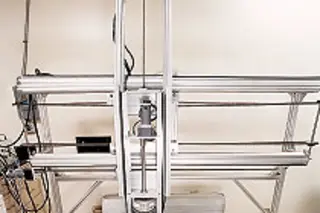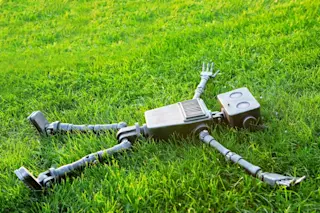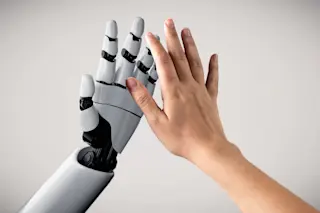In a sunny laboratory at the University of Southern California, a robotically controlled nozzle squeezes a ribbon of concrete onto a wooden plank. Every two minutes and 14 seconds, the nozzle completes a circuit, topping the previous ribbon with a fresh one. Thus a five-foot-long wall rises—a wall built without human intervention.
The wall is humble but portentous. “If you can build a wall, you can build a house,” says Behrokh Khoshnevis, an engineering professor, as he watches the gray mixture squirt out in neat courses from what he calls a contour crafter, a machine about eight feet tall and six feet wide. If all goes as planned, Khoshnevis will use a larger, more advanced version of the device later this year to erect the first robotically constructed house in just one day.
Khoshnevis believes his contour crafter will revolutionize building construction, dragging it into the digital age. Today, despite ...















